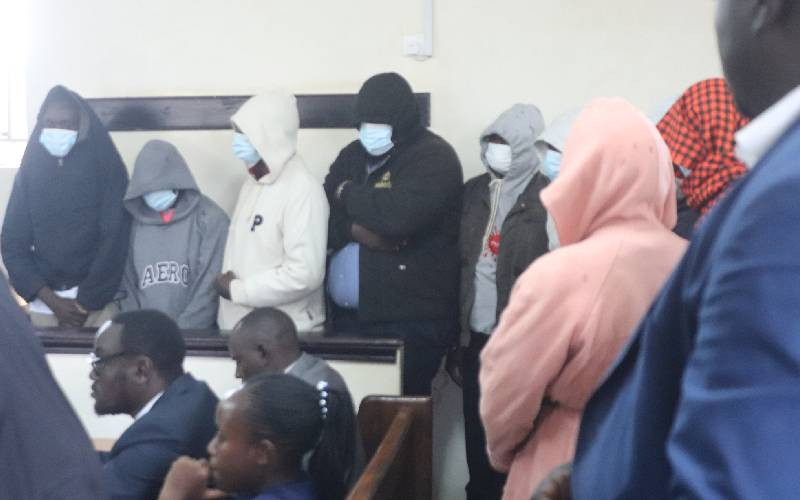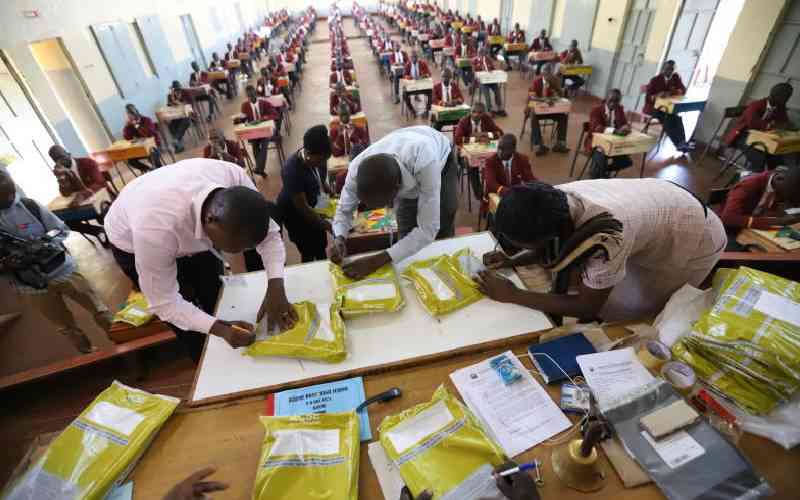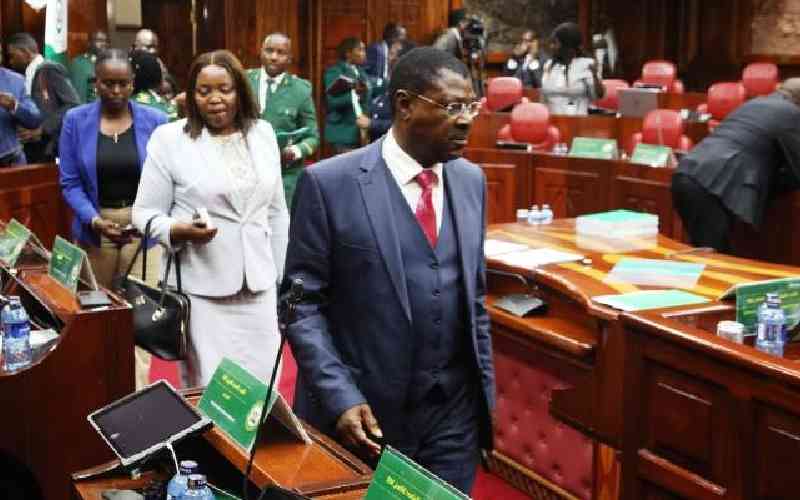Some stakeholders in education have expressed interest in seeking to improve the quality of education that school systems are offering. They include County Governments, faith based organizations, Members of Parliament and all those who feel sufficiently philanthropic. Some have facilitated the developments and administration of internal and Mock Examinations for students.
An effective assessment system provides schools with diagnostic information to help them identify strengths and weakness. To be useful, the results of the assessment should force the school, the students and everybody involved to go back to the drawing board: develop strategies to build on the strengths on one hand and address the weakness that poor performance in a particular subject or several subjects reveal.
Assessment per see cannot and does not improve learning outcome if the whole idea of testing is to improve curriculum management and delivery.
Testing of learners—at very short intervals— loses its value. It undermines society effort to provide quality and relevant education to its Children. Indeed, in a forward to a Report titled Testing More, Teaching Less What America's Obsession with Student Testing Costs in Money and Lost Instructional Time, July 2013, by Howard Nelson, President, American Federation of Teachers, Randi Weingarten poignantly notes: "it is ...clear that the current testing environment is inhospitable to the knowledge, skills, and abilities we aspire to develop in students."
Apart from poisoning the environment for development of "knowledge, skills and abilities we aspire to develop in students," it needlessly stresses learners.
The Naomi Wangai Report on Students Discipline and Unrest in Secondary Schools noted, "The number of tests done as part of the assessment are excessive and cause stress to students and unnecessary expenditure which is passed to parents," and accordingly recommended that there be "a professional balance in teaching, learning, and testing in schools with the aim of curtailing of testing and examining..."
It is evident, on the authority of the two Reports that too much testing of learners takes up valuable time meant for effective teaching and learning. It takes up time competent teachers need to research and prepare for lessons; it takes up the time students ought to do their own reading. Testing has, without doubt, a positive effect in education on condition that it is integrated with teaching and learning. Schools are established to teach and facilitate learning.
Testing is an adjunct, and not the main purpose of schooling.
What is needed here is to introduce assessment which promotes learning. In assessment for
Learning, students' achievement is measured in terms of how much they have learnt, what their weaknesses and strengths are and how they can be helped to improve their learning.
So in a situation where performance is below expectations, the solution is not more examinations but more effective teaching and learning.
"Many schools are covering the syllabus by revising examinations, instead of teaching first and testing the understanding of learners on what they have been taught," the Chairman of Kenya Primary Head teachers Association (KEPSHA), Meru Central Branch, Mr. Simon Mwiti told me on the side-lines of the Meru County Education/ Prize giving day sometimes last year.
Mr. Mwiti, who is the head teacher of Runywene Primary School in Meru Central, said this made teachers assesse students on content areas they had not taught them, and only covered the syllabus while revising the Continuous Assessment Tests (CATs).
"If you assess leaners without teaching them, it does not help," Mwiti observed, saying it made learners have weak understanding of the concepts within any given subject.
Effective teaching is essential to student achievement. Teachers are the most important school factor in how much children learn. They should interact with students more—through teaching, through proper preparation for their respective lessons.
In actual fact, too much assessment of learners, and the concentration on marking, interferes with quality interaction between the teacher and the students on one hand, and group dynamics among the students on the other. Learning is not confined in the classrooms. Learning goes on when students are free to interact outside the classroom unencumbered with an avalanche of examinations.
President Abraham Lincoln is quoted to have said that were he given six hours to chop down a tree, he would spend the first four sharpening the axe and within the prescribed hours, ensure the tree was actually down. Sharpening the axe is in educational practice, analogous to spending more time providing effective instructions.
Cutting the tree is analogous to subjecting the learners to internal examinations to test the coverage of a defined curriculum or area that the teacher has taught. The students will certainly post excellent achievement given the quality sharpening of their minds that came before the examinations.
Stay informed. Subscribe to our newsletter
 The Standard Group Plc is a
multi-media organization with investments in media platforms spanning newspaper
print operations, television, radio broadcasting, digital and online services. The
Standard Group is recognized as a leading multi-media house in Kenya with a key
influence in matters of national and international interest.
The Standard Group Plc is a
multi-media organization with investments in media platforms spanning newspaper
print operations, television, radio broadcasting, digital and online services. The
Standard Group is recognized as a leading multi-media house in Kenya with a key
influence in matters of national and international interest.
 The Standard Group Plc is a
multi-media organization with investments in media platforms spanning newspaper
print operations, television, radio broadcasting, digital and online services. The
Standard Group is recognized as a leading multi-media house in Kenya with a key
influence in matters of national and international interest.
The Standard Group Plc is a
multi-media organization with investments in media platforms spanning newspaper
print operations, television, radio broadcasting, digital and online services. The
Standard Group is recognized as a leading multi-media house in Kenya with a key
influence in matters of national and international interest.







